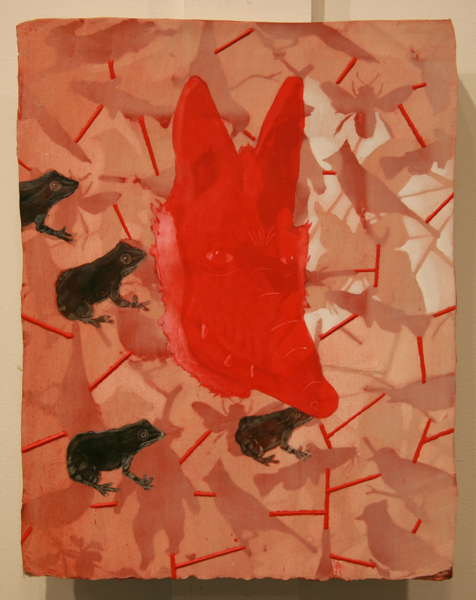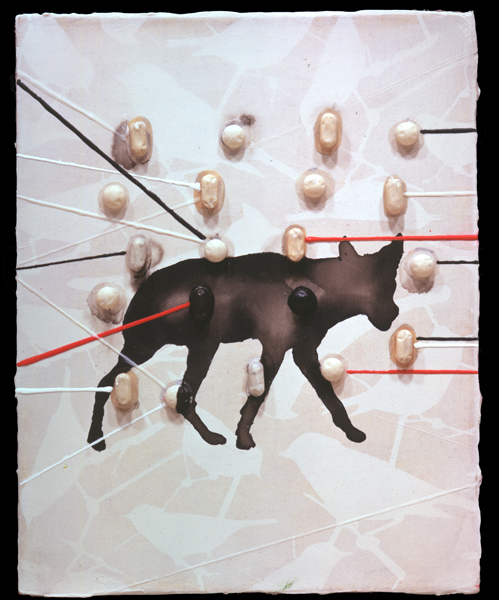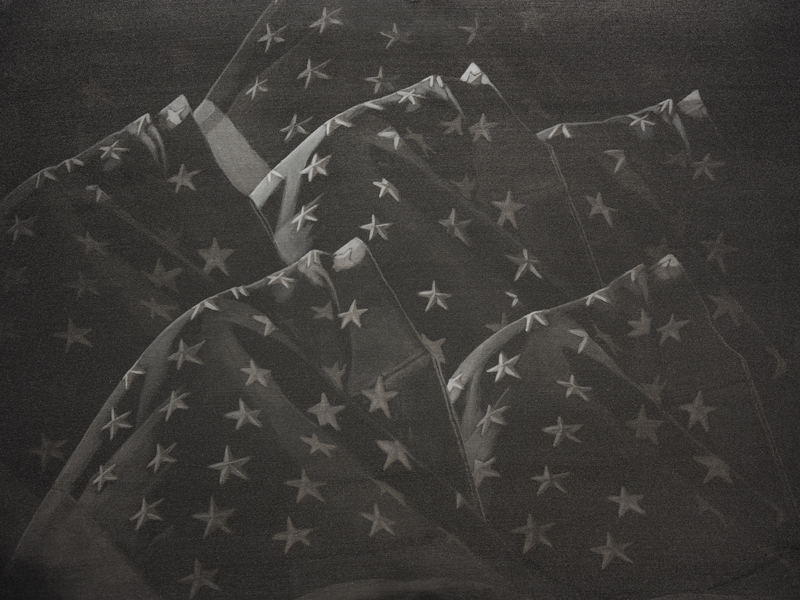(1987)
Zio has both a studio and street practice where he creates bold paintings and murals with a distinct tribal-like aesthetic. His paintings are often more colorful than his monochromatic murals but in all his work there are the repeated motifs of primitive patterns, gigantism, and distortion.
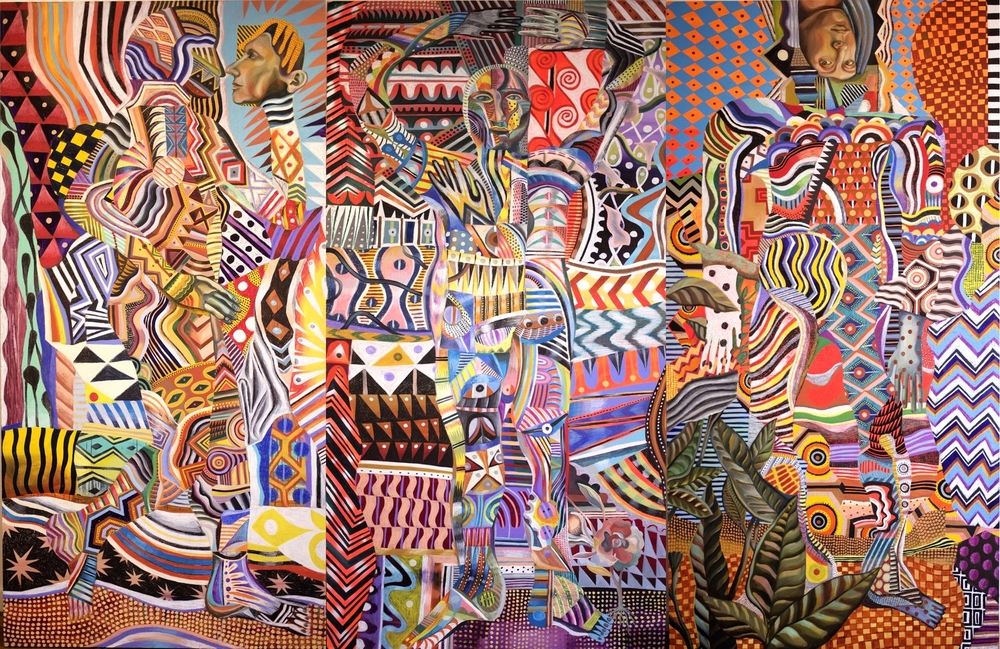
His Mill Valley studio is not just a room, but an entire house filled with finished and unfinished paintings. Walking in for the first time is quite the experience; there is so much to look at, and everything is bright and big and, again, demands your attention.
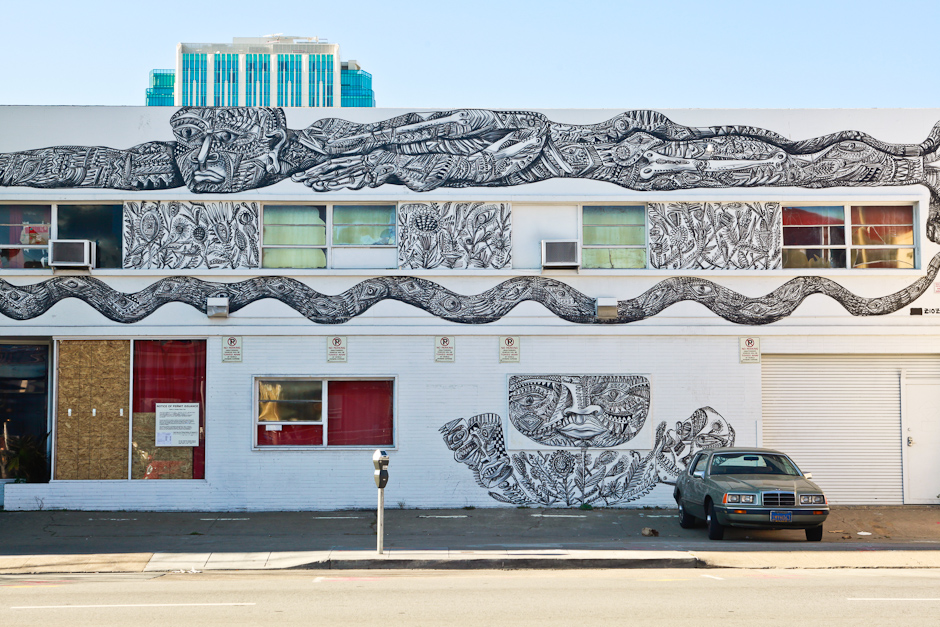
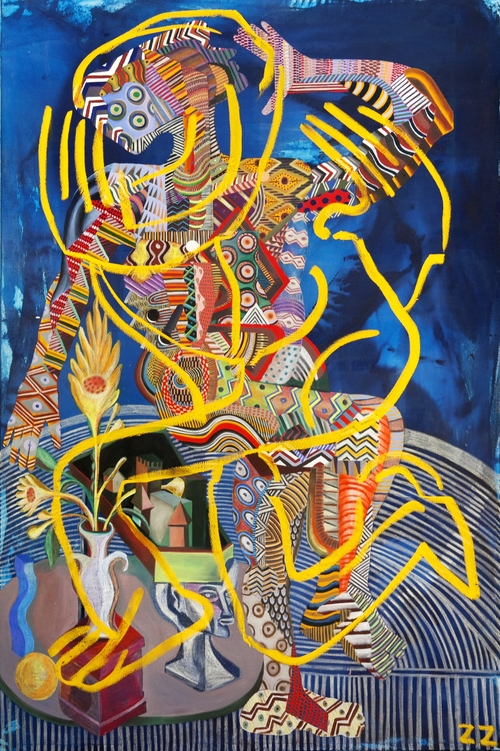
Graffiti has greatly influenced Zio’s mural work as well as his studio practice, he says he likes the idea of “having the boldest spot, an interesting and provocative surface, the most visual traffic, and the fastest read for a piece while still maintaining complexity…”. Zio’s approach is raw and brazen, intuitive and gestural. But he acknowledges that this approach has its glitches too, one of them being that he finds it difficult to examine and articulate what his work is about, saying, “It often takes me a while to understand why I’ve painted what I painted… To understand their meaning I have to understand the context in which they were created, which often proves hard because it means understanding myself.”
Watch this video of Zio:

